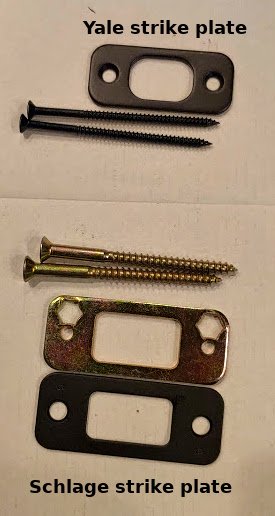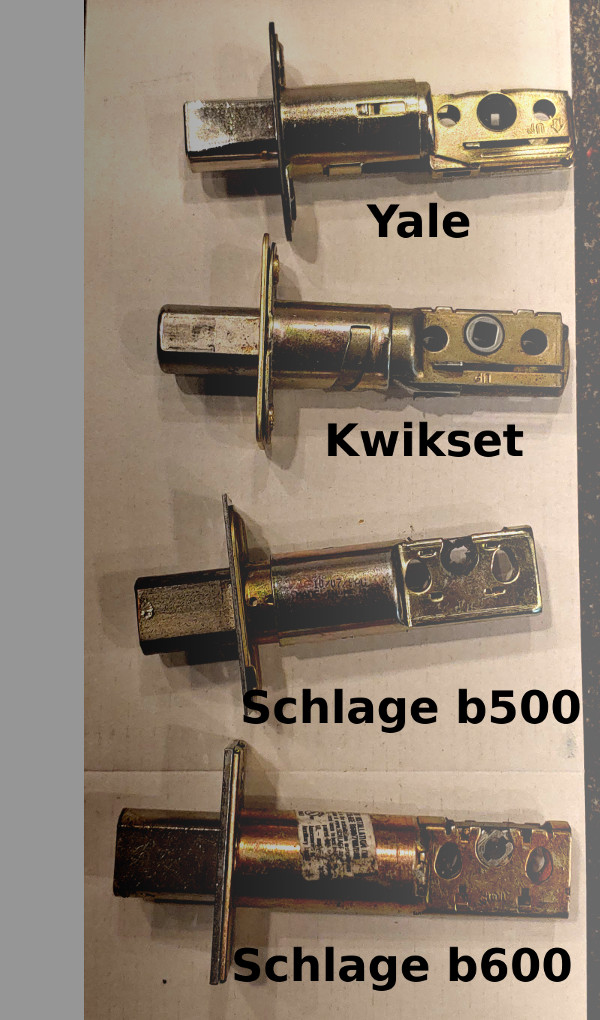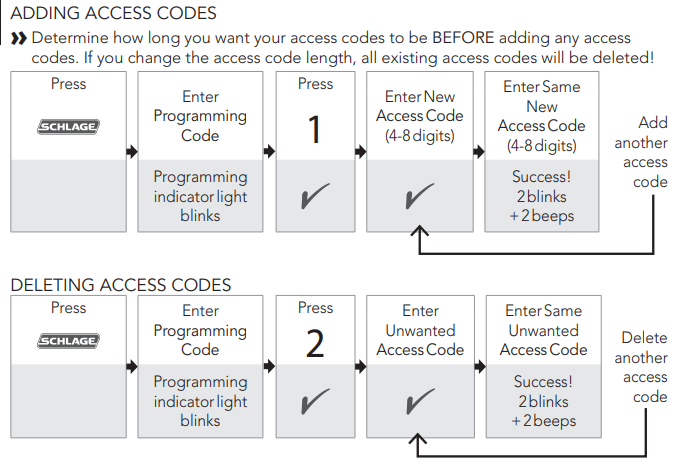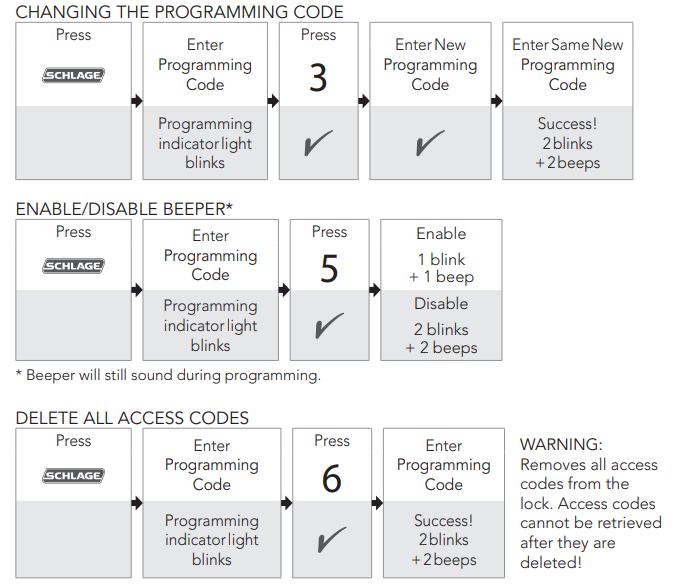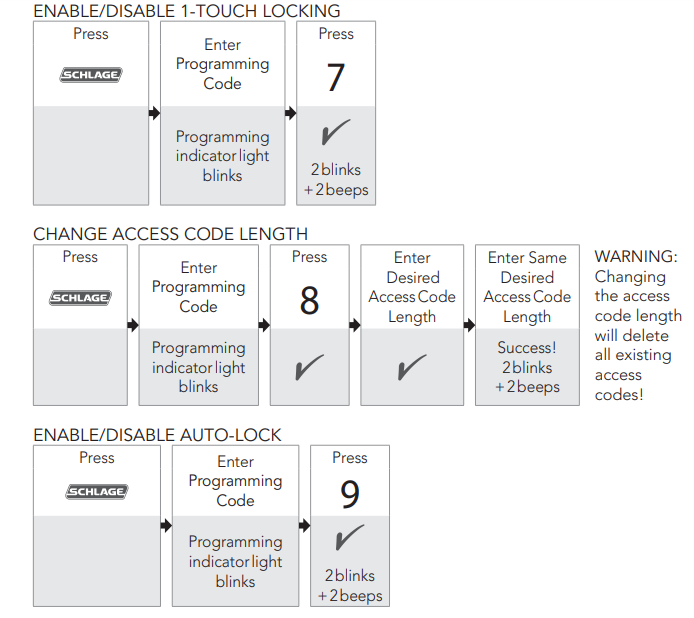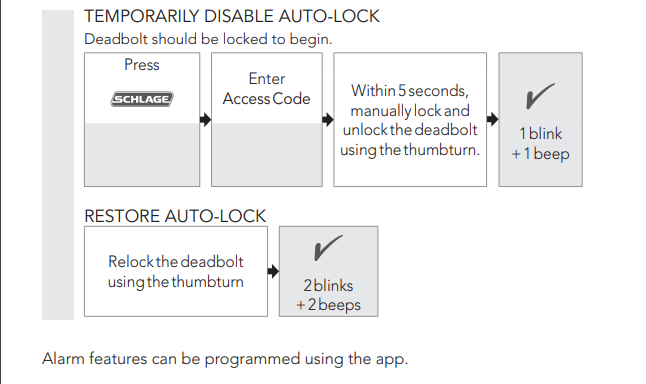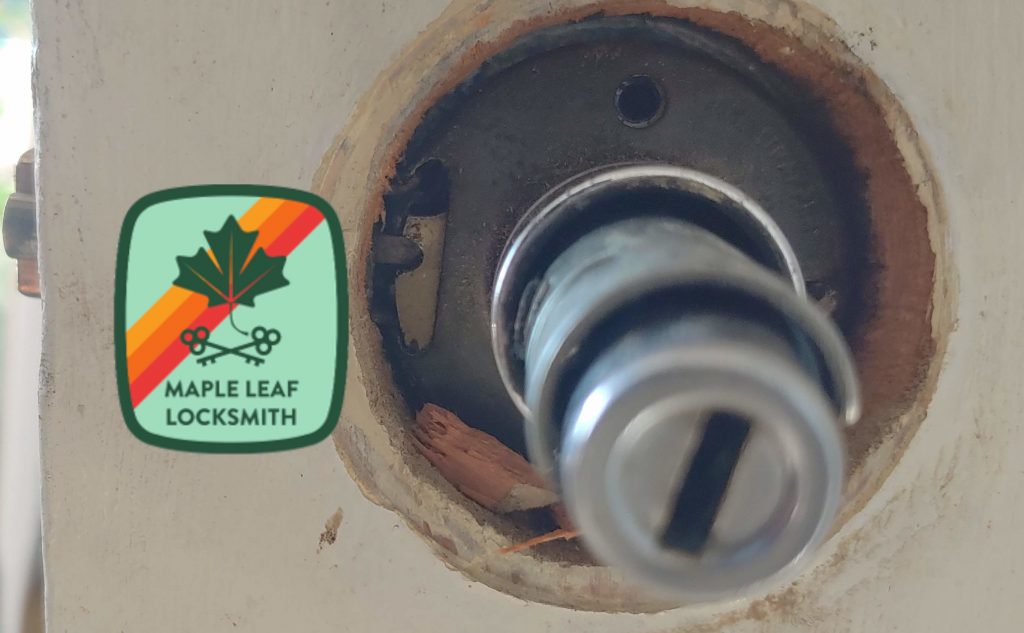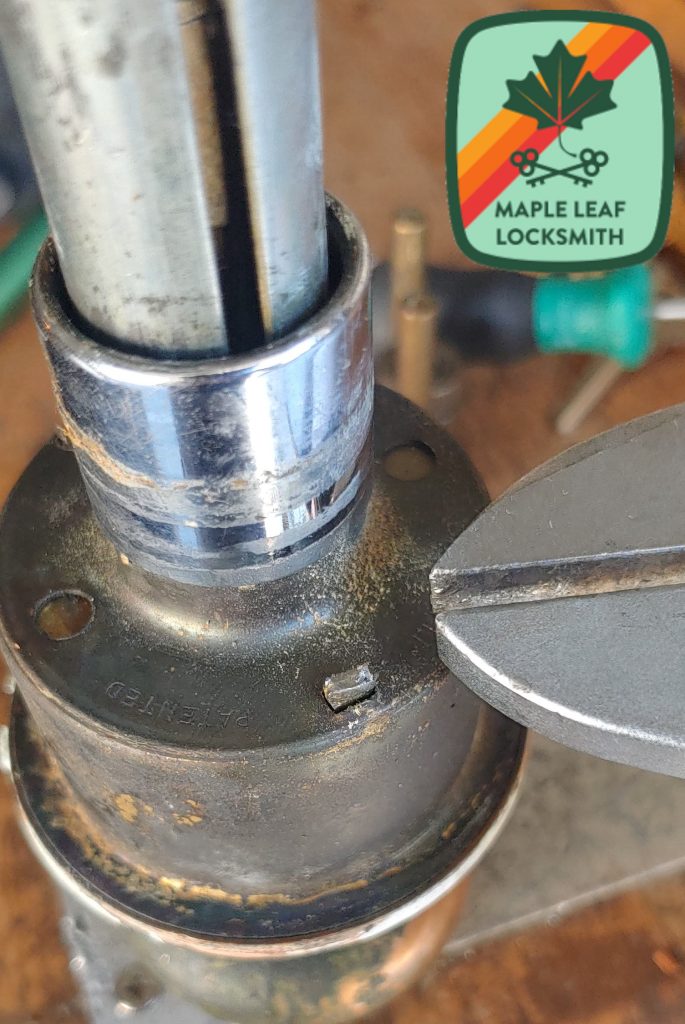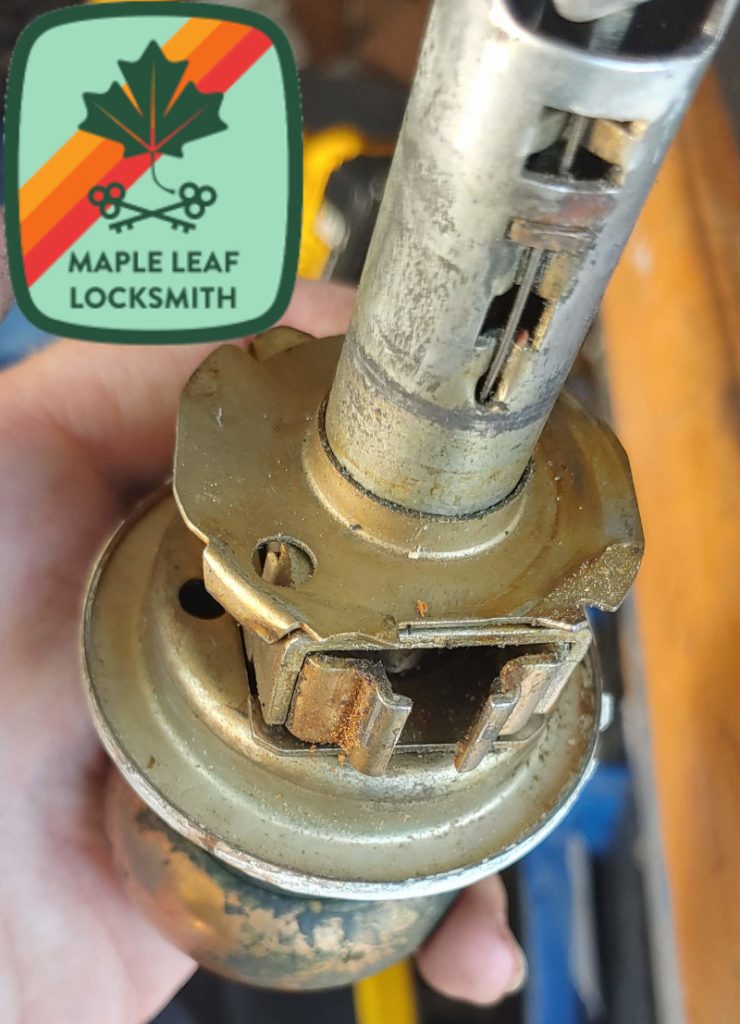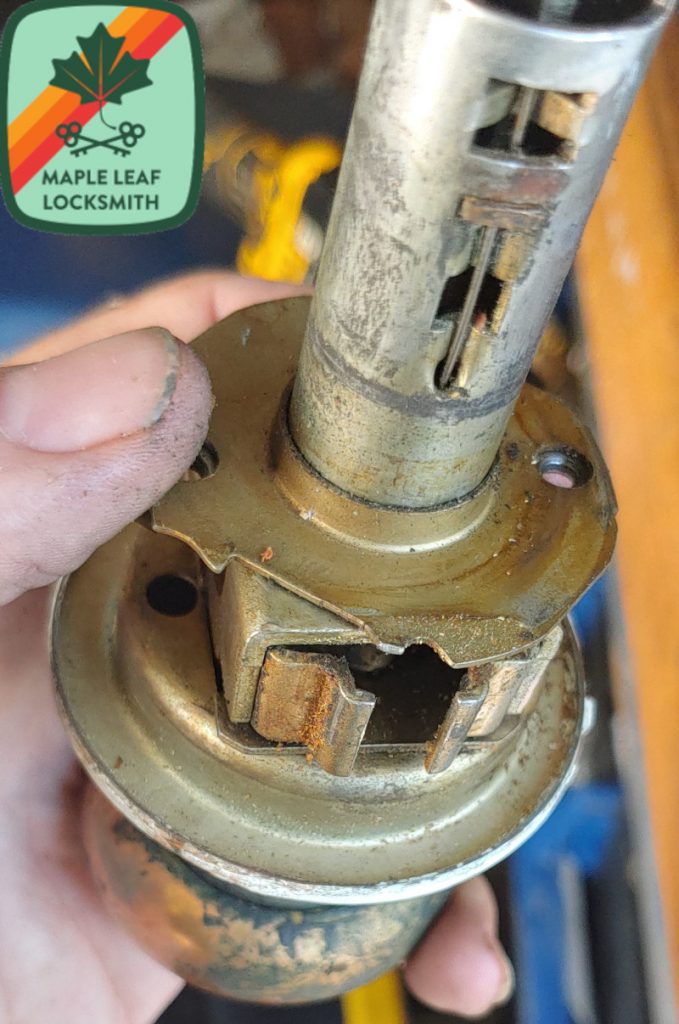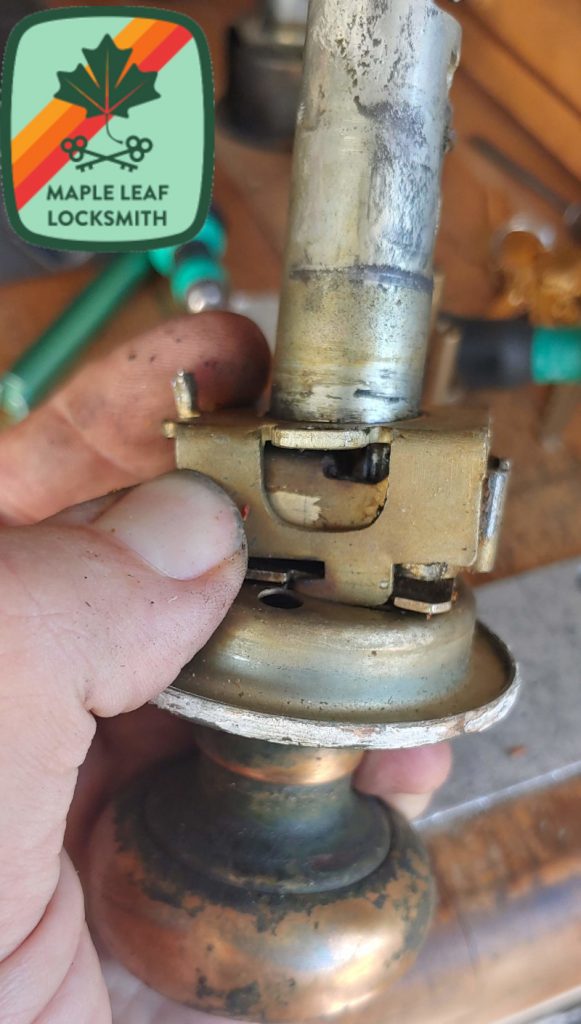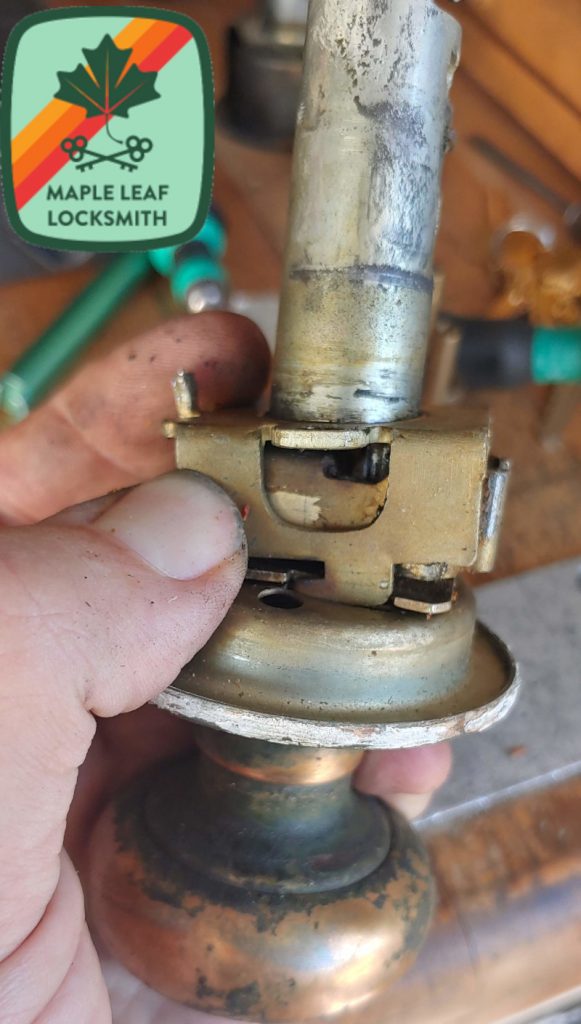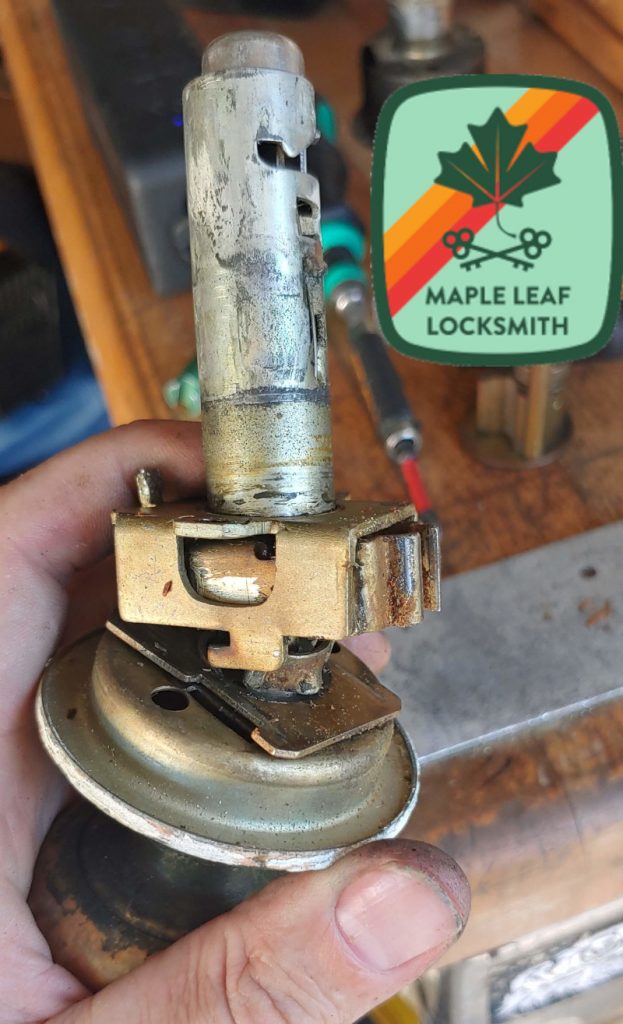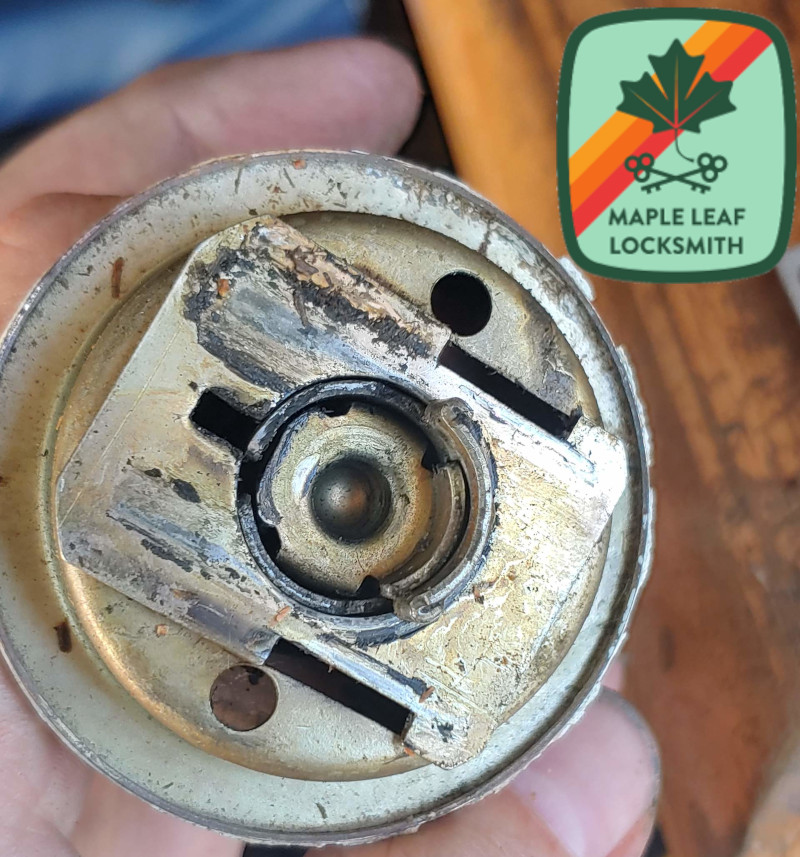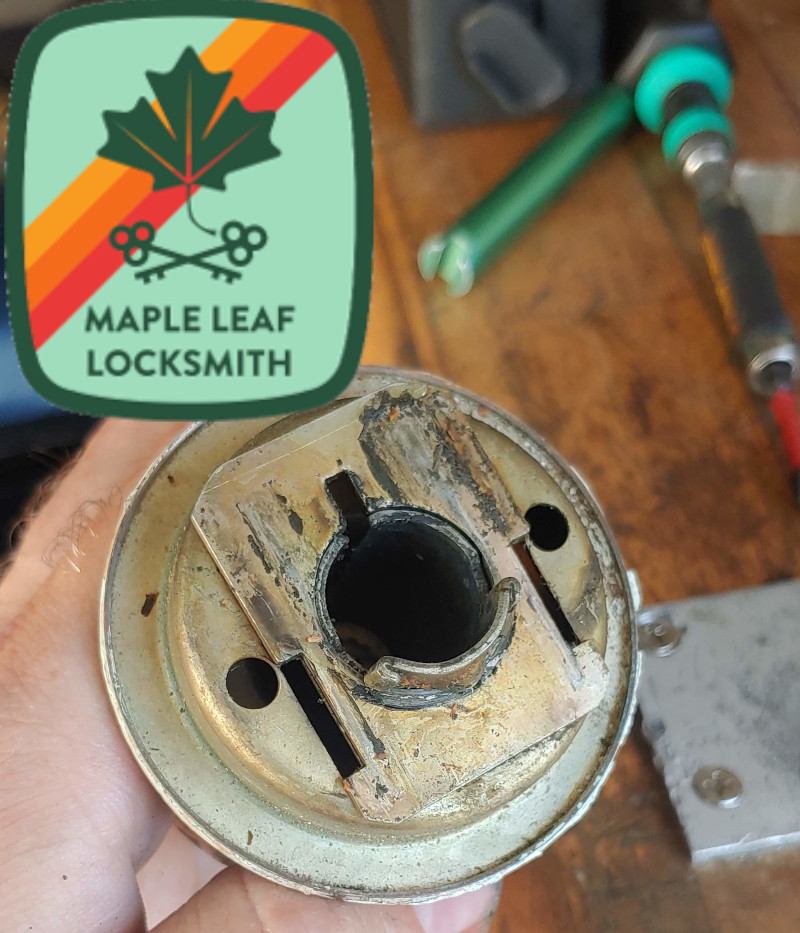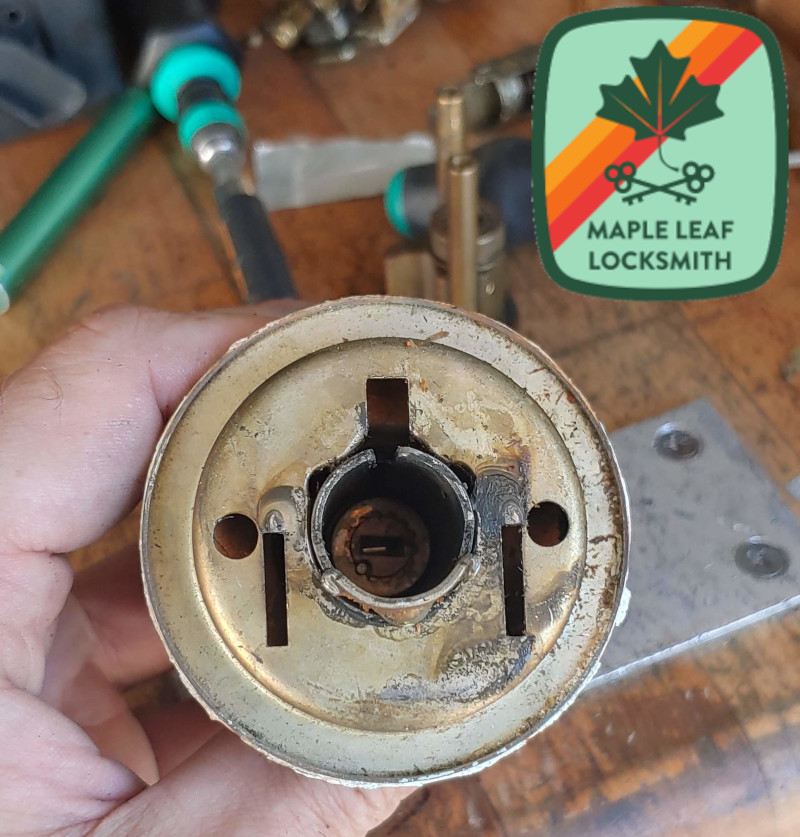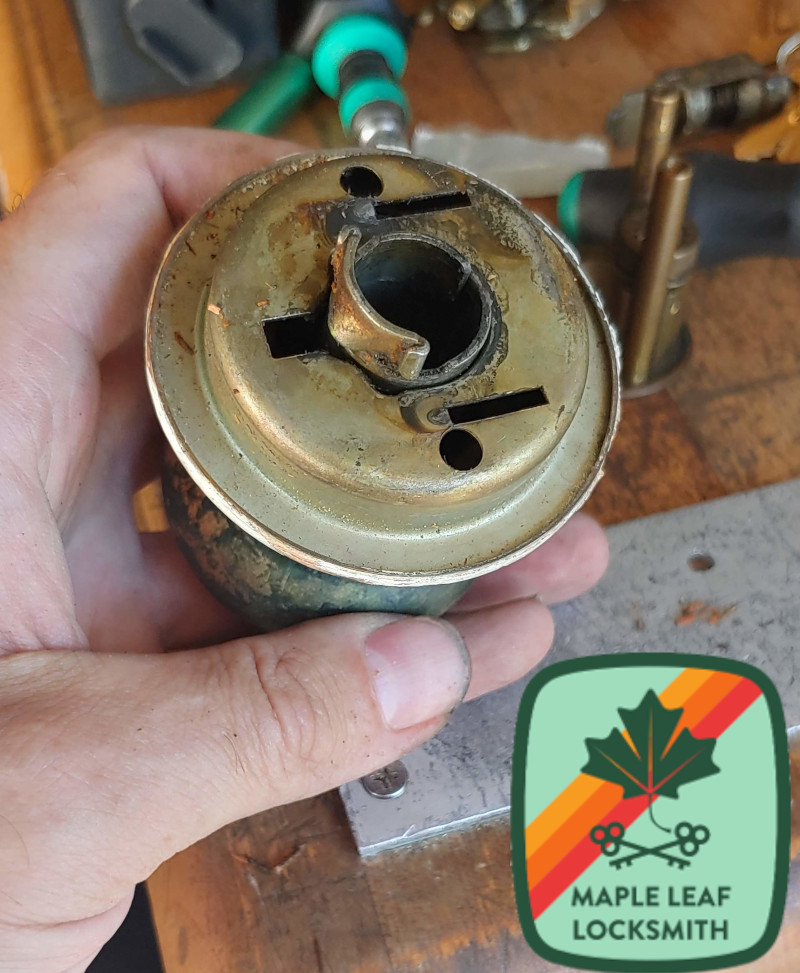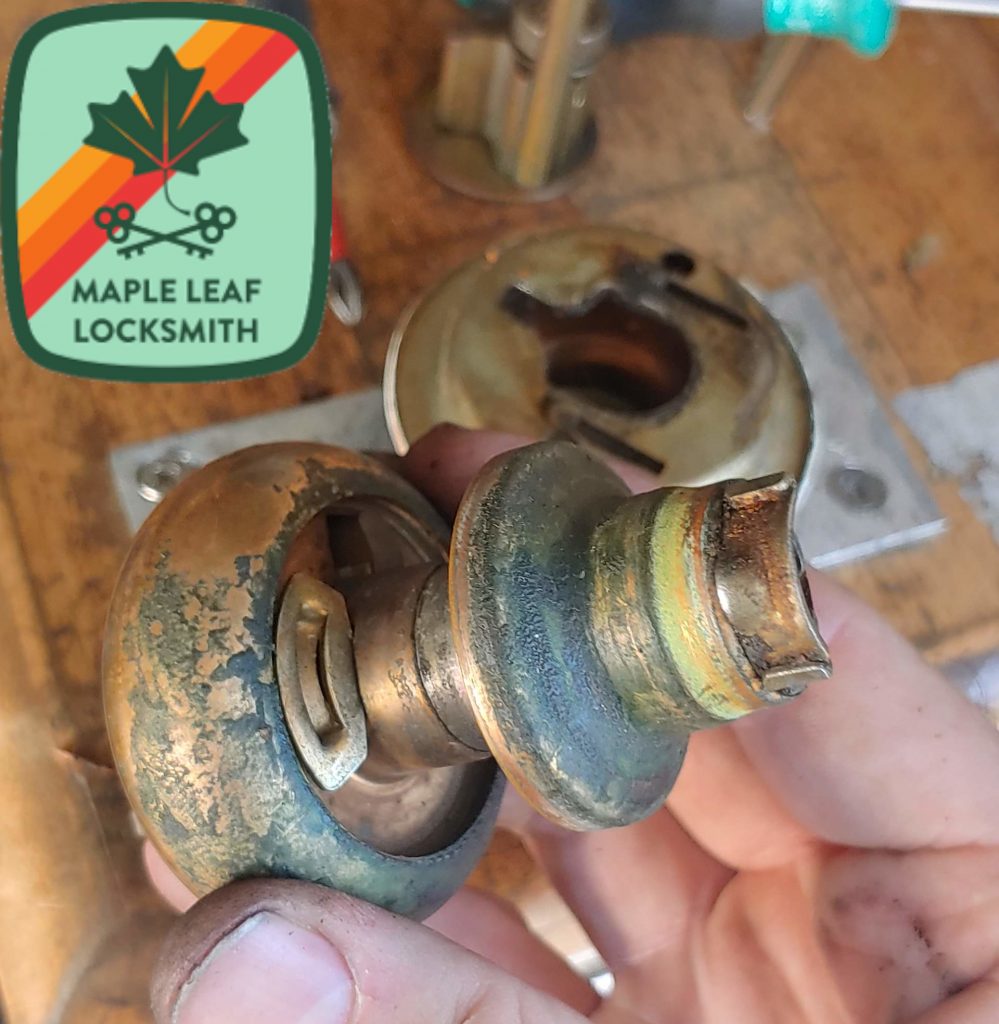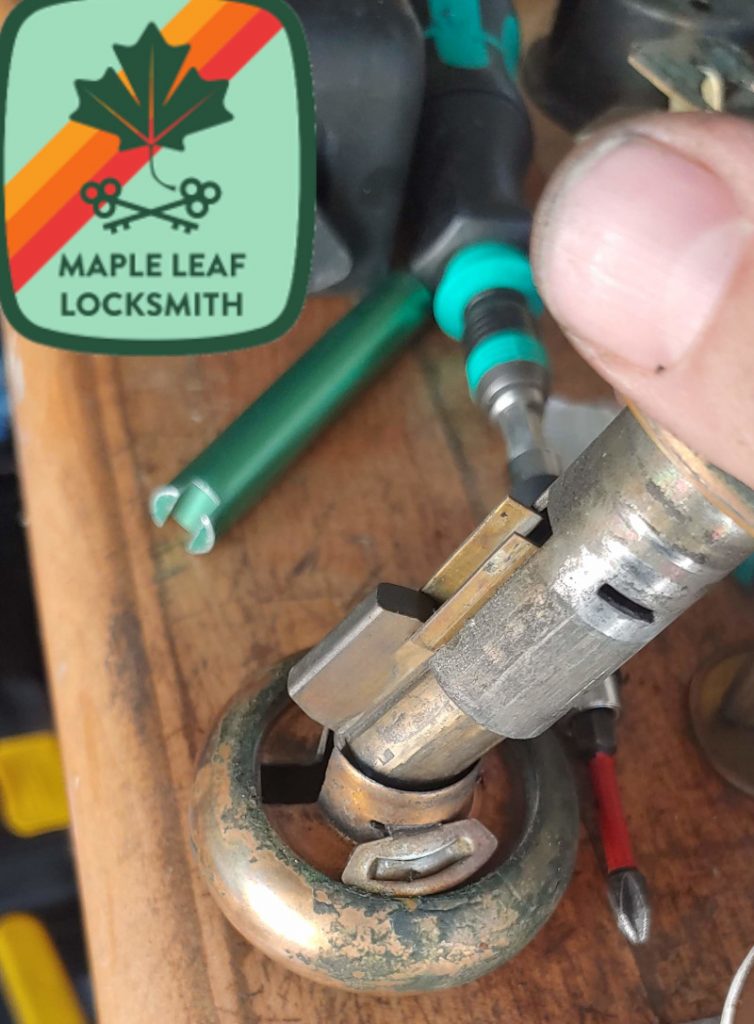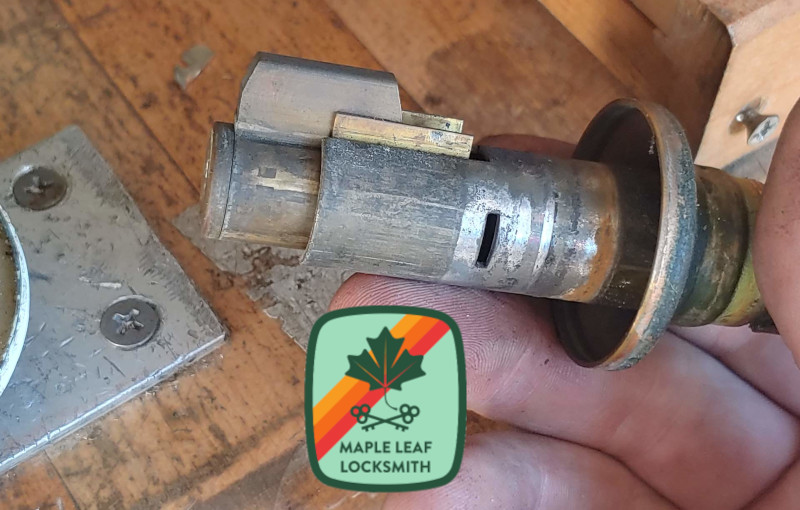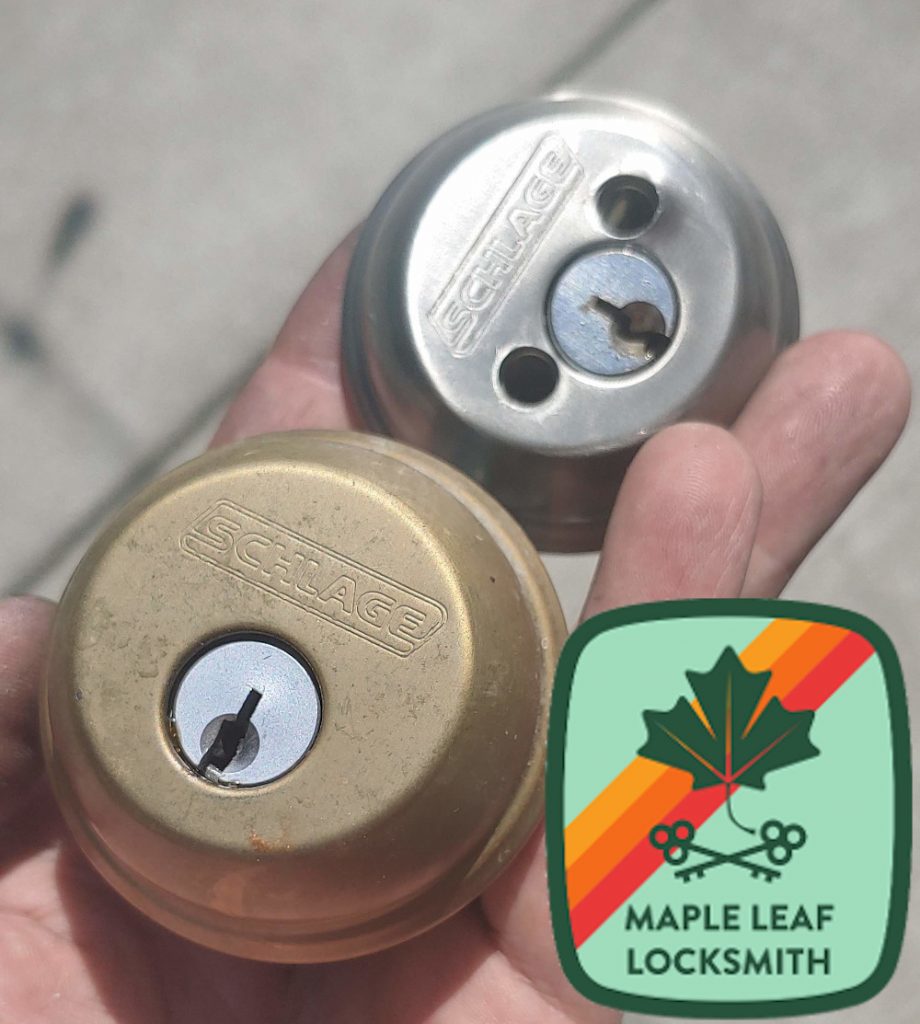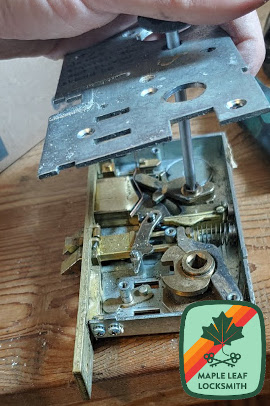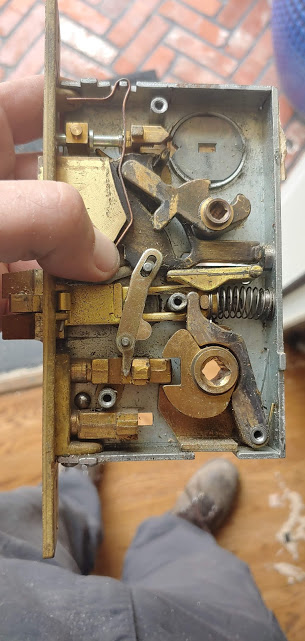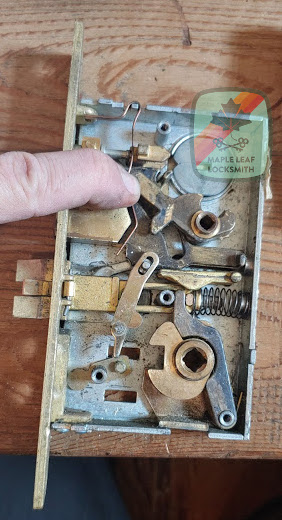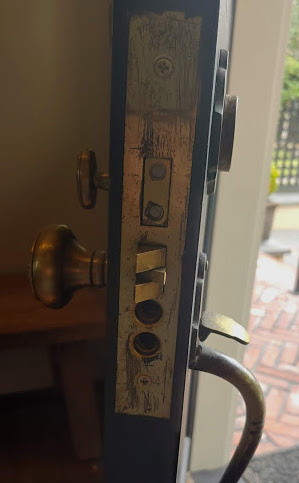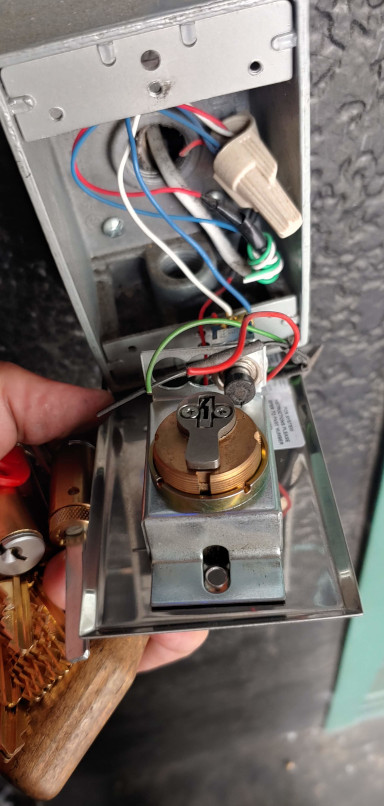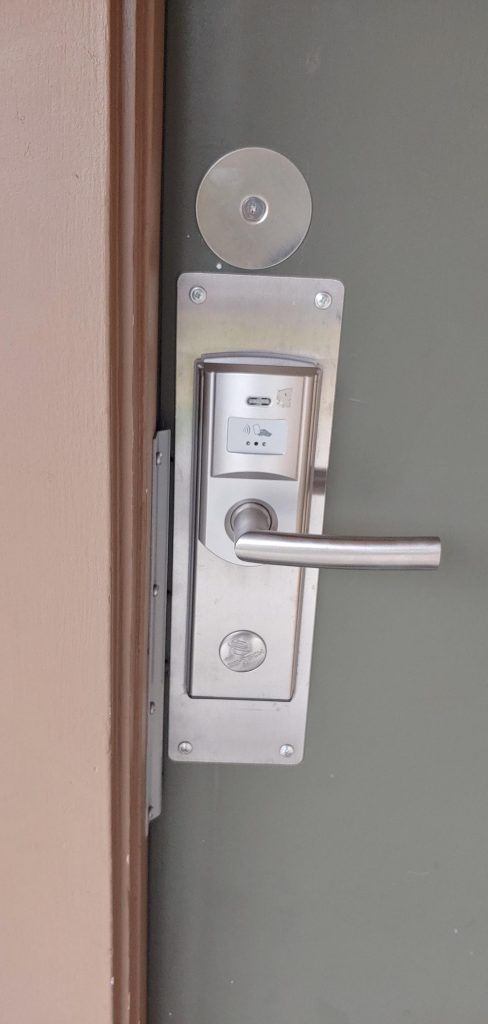Masterkey systems are popular for buildings with several different units. They are useful to a building owner because they allow quick access to all rooms with one master key, but every tenant can have an individual key that doesn’t work on any of their neighbors’ locks. In other words, the master key is very convenient for the owner. It is also convenient for the fire department in an emergency. They don’t need to try fifty keys on a keyring to open a door, just one master key will suffice.
A masterkey system is essentially a matrix of keys that are compatible with the master key but also guaranteed not to accidentally work in more than one unit. Many building managers don’t use a master key system and sometimes a resident accidentally discovers that their key works in their neighbor’s lock. This is called accidental cross keying and is exactly what a master key system is designed to prevent.
Today I was called out to a building in Seattle to rekey a lock to the manager’s master key and a key of her choice. I assumed that this key was part of a master key system that she had established. My heart sank when she gave me an old worn key off a keyring of numbered keys. She was recycling keys from her master key system. That is to say that some tenant from five or ten years ago had the same exact key in the same exact building.
Interestingly this key was not even compatible with her master key. To be compatible, the depths of a key must be cut to either the same depth or to a depth that differs by at least thirty thousandths of an inch for each chamber. The key she gave me was only a difference of fifteen thousandths of an inch, meaning that the lock would probably jam up and somebody would get locked out if I rekeyed it to work with both keys.
The locksmith preceding me took a different approach to rekeying this lock to work with a key incompatible with the master key. Their solution was to not use two out of the five chambers and to use bottom pins as top pins so that pinning could be off by as much as .075 inches and still work with both keys. This is not very secure; it means that a fairly large number of random Schlage keys would work in this lock facing a busy street near the Burke Gilman bicycle trail, a major artery for lots of creeps prowling around. Maybe 30% of the shlage keys out therewould have worked in this lock with only three chambers and six shear lines with a bogus top pin. All of these mistakes also make it more likely that somebody could pick this lock.
This situation was kind of bad all around for the last tenants. Who knows how many decades’ worth of people had lived in this building using the same key? I guarantee at least a few other tenants in this building could open this lock with their key, given the missing chambers and sloppy masterkeying seen in this lock. Then we have to consider keys around the property left under rocks or in bushes either accidentally or deliberately by previous tenants. A bored junkie could have a profitable afternoon by spending half an hour looking in the bushes by the front gate of an apartment building!
Once I dropped a masterkey into a large juniper bush in front of just such a gate. When I searched the juniper I was surprised to find not only the master key I’d dropped but two additional master keys along with several tenant keys from the past. Maybe I could’ve found more but I was searching very carefully because of the many used needles found in such places on Capitol Hill in Seattle.
This brings me to the final problem with the master key system I encountered. The point of giving people new keys is so that the old key won’t work. If somebody leaves the old key under a rock next to the building and a junkie finds it and needs a hit, they will try that key in every single door. They don’t care that it used to work in unit seven or unit three fifteen years ago. When the door opens, they will steal stuff. If the tenant finds out that the masterkey system is stale and keys were reused I believe they could sue the building owner, and just imagine the liability if somebody got hurt by the hypothetical junkie!
It was a little difficult for me to wrap my head around why this person was having me re-use a key from their small masterkey system to begin with. She didn’t have more than one key so she wasn’t saving any money on existing keys. I think she may have believed that only the keys she had could work with her master key, though in fact they wouldn’t work well at all. A system for Schlage SC1 such as she had should have hundreds of possible change keys, not just the ten she had on a keyring.
The short version of this meandering screed is this: Proper use of a master key system involves using new keys every time a tenant moves in or out. In order for the master key system to fulfill its promise of no cross-keying, you must hire a reputable locksmith because all chambers must be used and bottom pins must not be used as top pins. Dopey locksmiths know that the owner won’t see that they left chambers empty and so they will get away with it.


